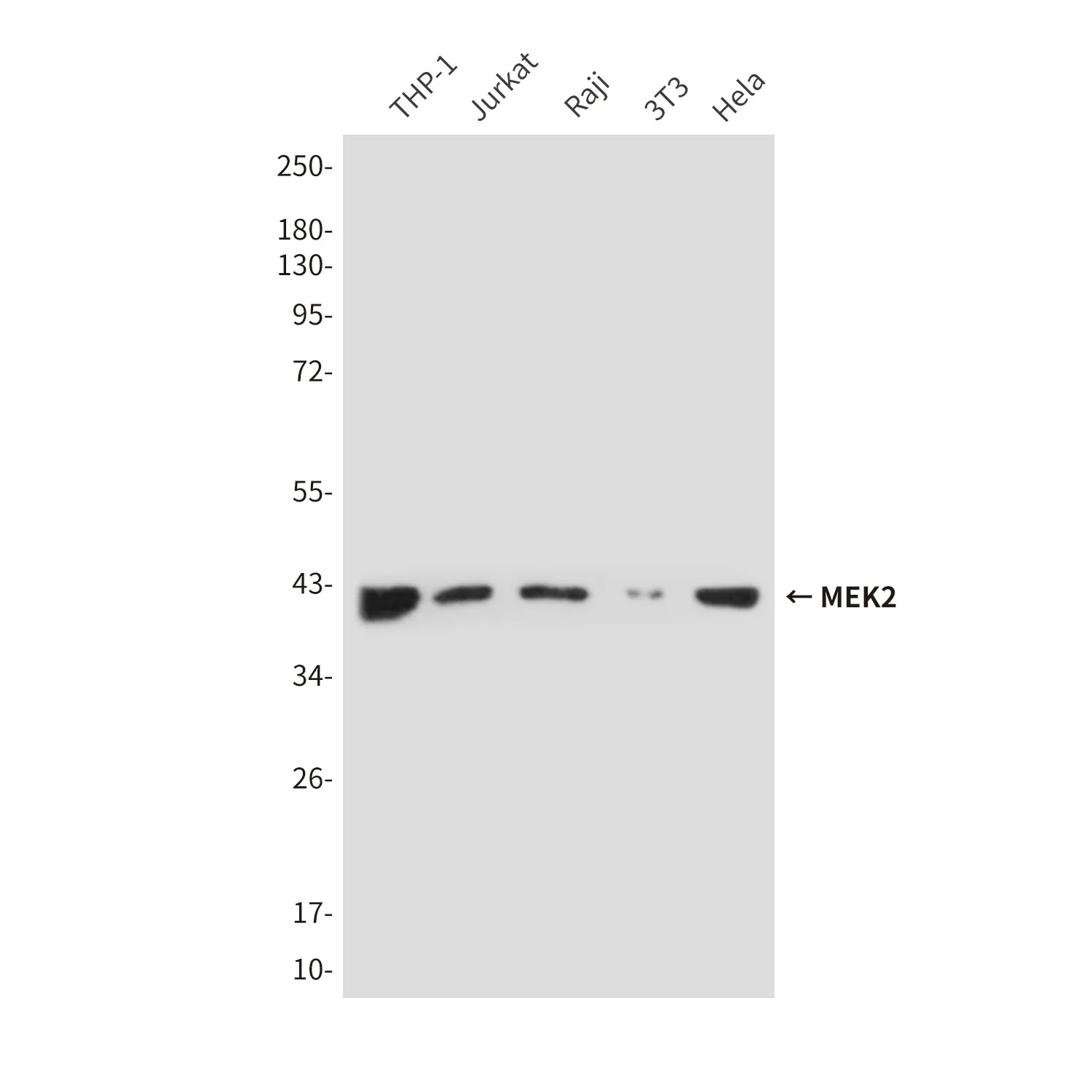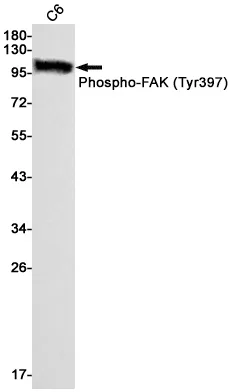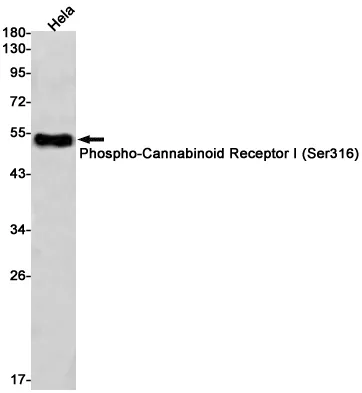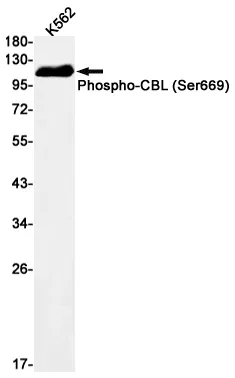Summary
Performance
Immunogen
Application
Background
DNA repair protein involved in DNA nonhomologous end joining (NHEJ) required for double-strand break (DSB) repair and V(D)J recombination. DNA repair protein involved in DNA non-homologous end joining (NHEJ); required for double-strand break (DSB) repair and V(D)J recombination (PubMed:16439204, PubMed:16439205, PubMed:17717001, PubMed:17317666, PubMed:17470781, PubMed:18644470, PubMed:20558749, PubMed:26100018, PubMed:18158905). Plays a key role in NHEJ by promoting the ligation of various mismatched and non-cohesive ends (PubMed:17717001, PubMed:17470781, PubMed:19056826). Together with PAXX, collaborates with DNA polymerase lambda (POLL) to promote joining of non-cohesive DNA ends (PubMed:30250067, PubMed:25670504). May act in concert with XRCC5-XRCC6 (Ku) to stimulate XRCC4-mediated joining of blunt ends and several types of mismatched ends that are non- complementary or partially complementary (PubMed:16439204, PubMed:16439205, PubMed:17317666, PubMed:17470781). Associates with XRCC4 to form alternating helical filaments that bridge DNA and act like a bandage, holding together the broken DNA until it is repaired (PubMed:22228831, PubMed:26100018, PubMed:28500754, PubMed:27437582, PubMed:21775435, PubMed:22287571, PubMed:21768349). The XRCC4-NHEJ1/XLF subcomplex binds to the DNA fragments of a DSB in a highly diffusive manner and robustly bridges two independent DNA molecules, holding the broken DNA fragments in close proximity to one other (PubMed:28500754, PubMed:27437582). The mobility of the bridges ensures that the ends remain accessible for further processing by other repair factors (PubMed:27437582). Binds DNA in a length-dependent manner (PubMed:17317666, PubMed:18158905).
Research Area




